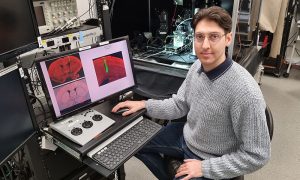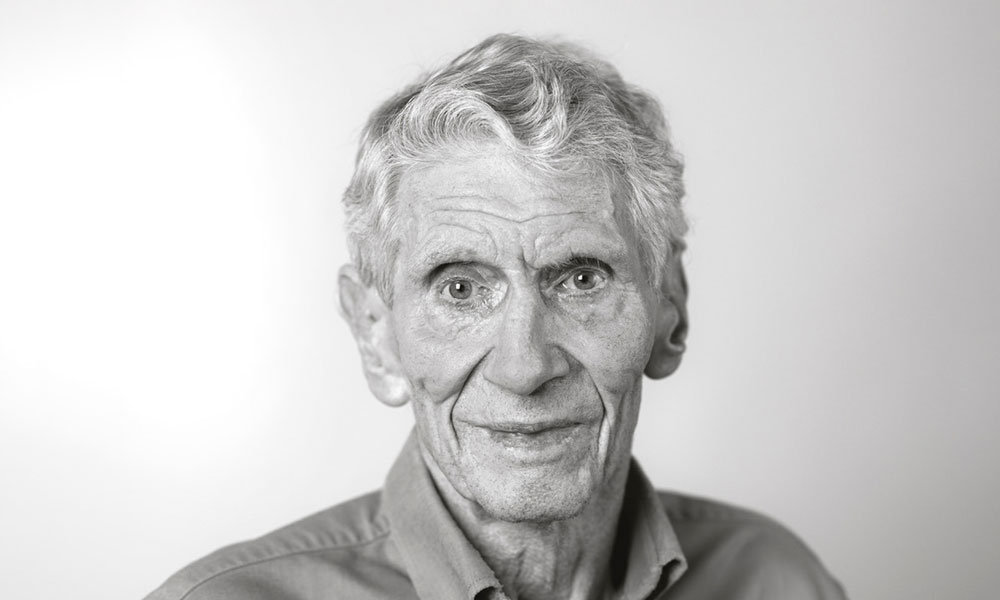
Read the latest Issue
Ken Holmes, outstanding pioneer of structural biology and founder of EMBL's Hamburg site, died on 2 November 2021 at the age of 87

It is with sadness that we share the news of the passing of Ken Holmes, a towering and much-loved figure within the EMBL and wider life sciences communities.
Ken was born in London in 1934. He obtained his PhD in 1959 at Birkbeck College London working on the structure of tobacco mosaic virus. After a post-doc (1960–61) at Childrens’ Hospital Boston, where he started to work on muscle structure, he started working at the newly opened Laboratory of Molecular Biology in Cambridge. It was there that he started developing methods and X-ray optics for the analysis of structures by X-ray fibre diffraction.
In 1968, Ken moved to Heidelberg to become Director of the Department of Biophysics at the Max Planck Institute for Medical Research. Within the institute, he was part of a group of scientists utilising X-ray diffraction as a means of studying the physiology and the molecular mechanism of muscle contraction. His subsequent search for ‘rings of electrons’ led him to the Deutsches Elektronen-Synchrotron (DESY) in Hamburg.
In 1970, Ken pioneered the use of synchrotron radiation as a source for X-ray diffraction and founded the EMBL site at DESY Hamburg, initially termed ‘Outstation’, together with Gerd Rosenbaum. The two scientists built the first X-ray beamline at DESY. His seminal visions opened a completely new field in the life sciences and has become a main driver to build most powerful synchrotrons around the world, allowing to determine hundred thousands of structures of biological samples at atomic resolution. Besides his visionary work in Hamburg, Ken remained a Max-Planck Director and Professor of Biophysics at the University of Heidelberg from 1971 to 1999.
Ken possessed a deep and infectious enthusiasm for science, which he applied to his outstanding work on muscle structure and function, the use and construction of beamlines, and entire synchrotrons dedicated for diffraction studies. This enthusiasm lives on in his numerous former colleagues who continue his legacy through their world-leading work on beamline design today.
If you would like to add a message of condolence for inclusion on the EMBL Alumni Obituaries’ page, please contact the Alumni Relations team.
Looking for past print editions of EMBLetc.? Browse our archive, going back 20 years.
EMBLetc. archive